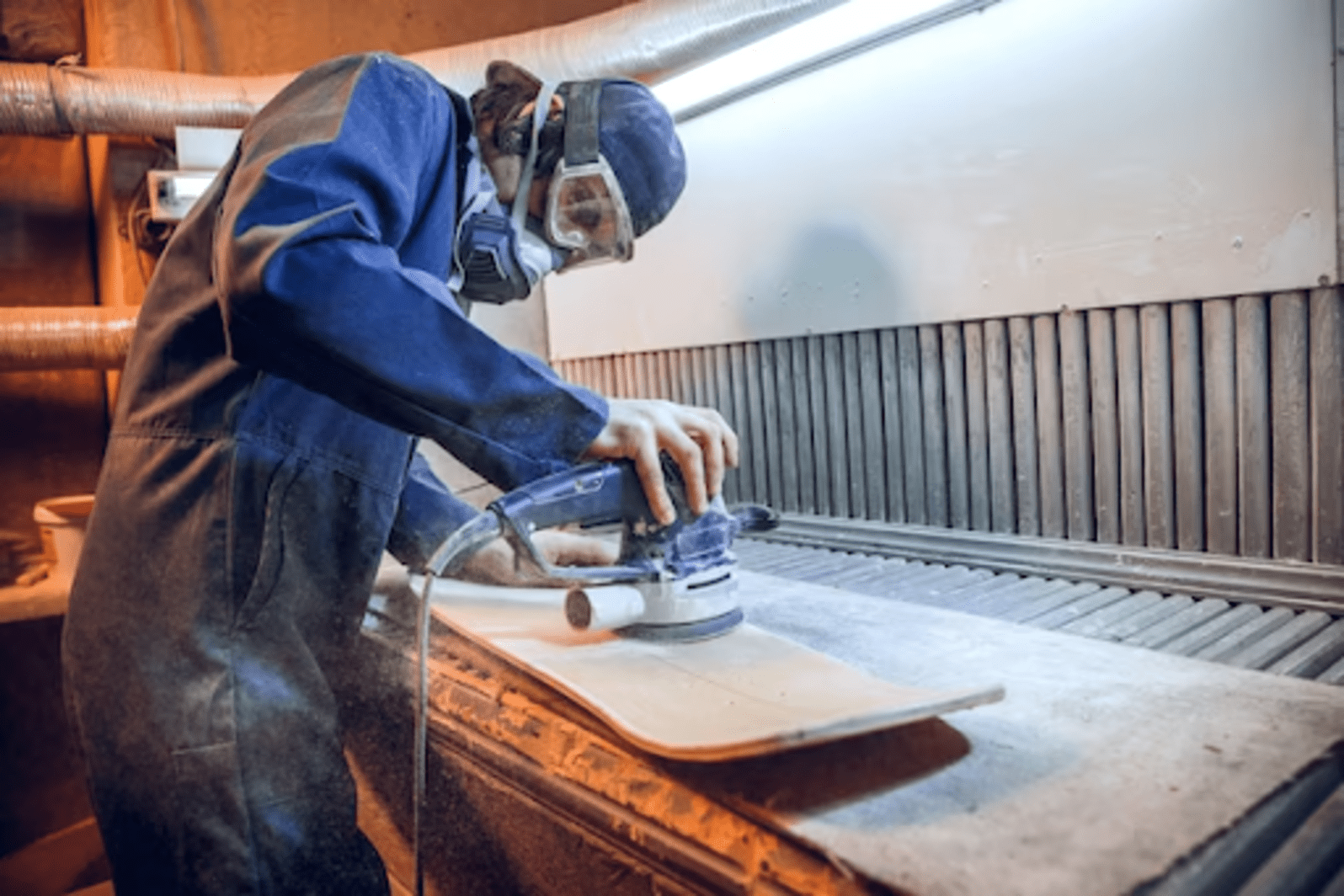Metal, a robust and versatile material, is prone to one common nemesis:corrosion and rust. Whether it’s a vintage car, a cherished piece of outdoor furniture, or essential tools in your workshop, the relentless advance of rust can be disheartening.
But you don’t need to stress out, You can visit Flitz.com to explore the wide range of products that will streamline your metal makeover and corrosion removal process.
In this comprehensive guide, we’ll explore expert tips for removing corrosion and rust like a pro, giving your metal possessions a new lease on life.
Understanding the Enemy: Corrosion and Rust
Before delving into the removal process, it’s crucial to understand the difference between corrosion and rust.
Corrosion is a general term for the deterioration of a material, while rust specifically refers to the corrosion of iron and its alloys.
Identifying the types of corrosion affecting your metal is the first step in devising an effective restoration strategy.
Corrosion occurs when metals react with environmental factors such as oxygen, water, or chemicals, leading to the formation of oxides or other compounds.
Rust, a specific type of corrosion, develops when iron reacts with oxygen and moisture, producing iron oxide – the familiar reddish-brown substance recognized as rust.
Preparing for Battle: Safety First
Before you embark on your metal makeover journey, prioritize safety. Rust removal often involves the use of chemicals and tools that can pose risks. equip yourself with protective gear such as gloves, safety goggles, and a mask to shield against inhaling fumes or dust particles. Adequate ventilation in your workspace is also essential to minimize exposure.
Essential Equipment for Rust Removal
Arming yourself with the right tools is crucial for a successful metal makeover. Wire brushes, sandpaper, and abrasive pads are effective for removing surface rust, while chemical rust converters and solvents can tackle more stubborn corrosion.
Power tools such as angle grinders equipped with wire brush attachments expedite the process, especially for large projects.
For precision work, consider using a rotary tool with a wire brush or sanding attachment. electrolysis setups, involving a power source, an electrolyte solution, and sacrificial electrodes, can be highly effective for rust removal on intricate or delicate metal objects.
Method for Rust Removal
Not all metals and rust art are created equal, so it’s essential to choose the right method for your specific project.
For light surface rust, abrasive methods like sanding or wire brushing may suffice. Chemical rust removers are effective for more extensive corrosion, breaking down rust without damaging the underlying metal.
For heavily rusted or intricate surfaces, electrolysis is a powerful method that removes rust without affecting the base metal.
Be mindful of the metal’s composition and the extent of rust before deciding on the most suitable removal method.
Rust Converters and Removers
Chemical rust converters and removers are go-to solutions for tackling corrosion. Rust converters contain chemicals that react with rust, turning it into a stable compound that can be painted over.
Apply the converter according to the manufacturer’s instructions, allowing it to penetrate the rust before scrubbing or rinsing. Rust removers, on the other hand, dissolve rust chemically.
These solutions typically contain acids or acids combined with inhibitors to prevent further corrosion. exercise caution when using chemical rust removers, as they can be harsh on the skin and emit fumes.
Abrasive Methods for Rust Removal
Mechanical methods involve physically removing rust using abrasives. Wire brushes, sandpaper, and abrasive pads are readily available and effective for surface rust.
For larger projects, power tools like angle grinders equipped with wire brush attachments can expedite the process, making them suitable for automotive restoration or larger metal surfaces.
Ensure proper technique when using abrasive methods to avoid unintentional damage to the metal surface. Lоve tool in the direction of the metal grain and gradually increase the abrasiveness if needed.
Rotary Tools for Delicate Surfaces
When dealing with intricate or delicate surfaces, a rotary tool with a wire brush or sanding attachment provides precision and control.
This tool is especially useful for removing rust from tight corners, ornate metalwork, or smaller objects where larger tools may be impractical.
exercise patience and a steady hand when using a rotary tool to avoid overworking the metal or causing damage. Start with a lower abrasive level and gradually increase as needed.
Electrolysis: A Delicate Dance with Science
Electrolysis is a fascinating method that uses the principles of electrolytic cells to remove rust.
By immersing the metal object in an electrolyte solution and applying a direct current, rust is converted back into metal.
Electrolysis is a gentle method that can be particularly effective for intricate or fragile items.
To set up an electrolysis bath, you’ll need a container, an electrolyte solution (often a mix of water and washing soda), a power source, and sacrificial electrodes.
Submerge the rusted metal and connect it to the positive terminal, while the sacrificial electrode connects to the negative terminal.
The process may take several hours, but the results can be astonishing, leaving your metal object rust-free and ready for a new finish.
Protecting Against Future Rust
After successfully removing rust, take proactive measures to prevent its return. Applying a rust-inhibiting primer or coating the metal with a protective finish can shield it from the elements.
Regular inspections and maintenance, especially for outdoor metal items, help catch early signs of corrosion, ensuring a longer life for your rejuvenated possessions.
Take Your Time for Optimal Results
Perhaps the most critical tip for removing rust like a pro is to be patient. Rushing the process can lead to subpar results or unintentional damage to the metal.
Allow sufficient time for chemical reactions, especially when using rust converters or removers. Take breaks during abrasive processes to assess your progress and avoid overworking the metal.
Conclusion
Banishing rust and corrosion from your metal possessions requires a combination of knowledge, the right tools, and a patient approach.
Whether you opt for chemical solutions, mechanical methods, or the fascinating world of electrolysis, following these expert tips will help you achieve a metal makeover that restores your items to their former glory.
So, gear up, prioritize safety, and embark on your journey to remove corrosion and rust like a true professional. Your metal treasures will thank you with a gleaming, rust-free shine.


